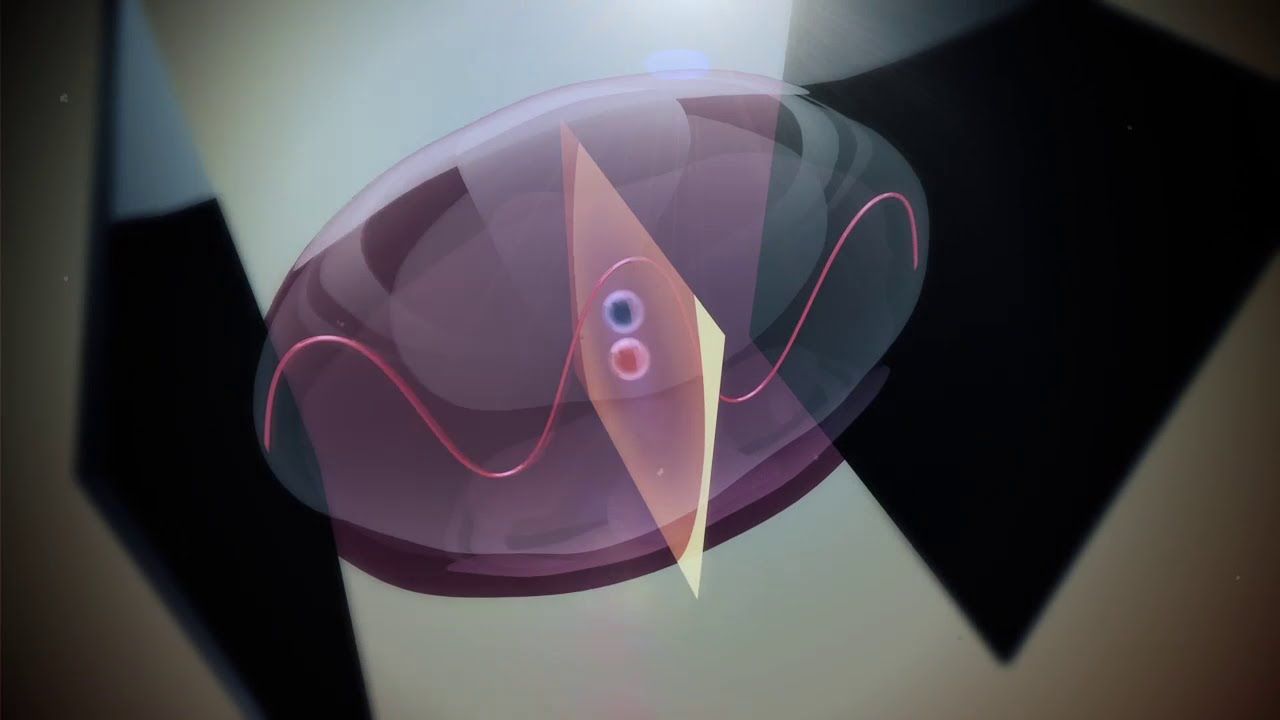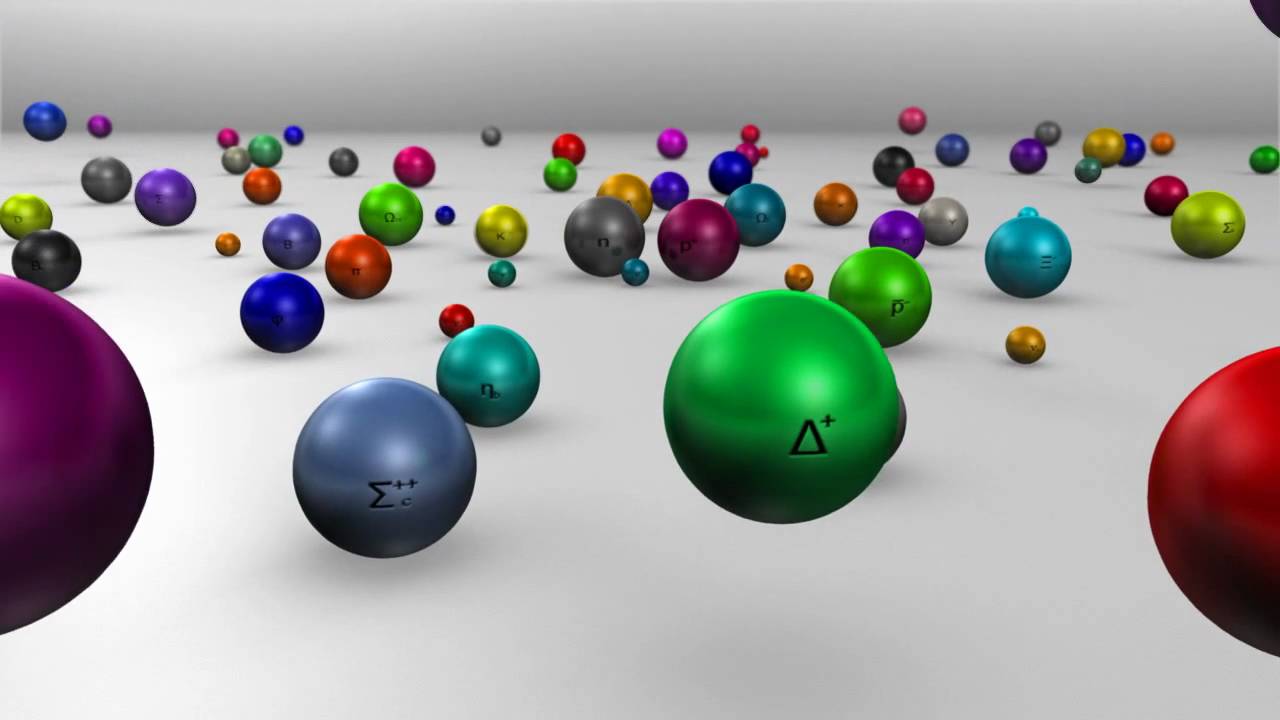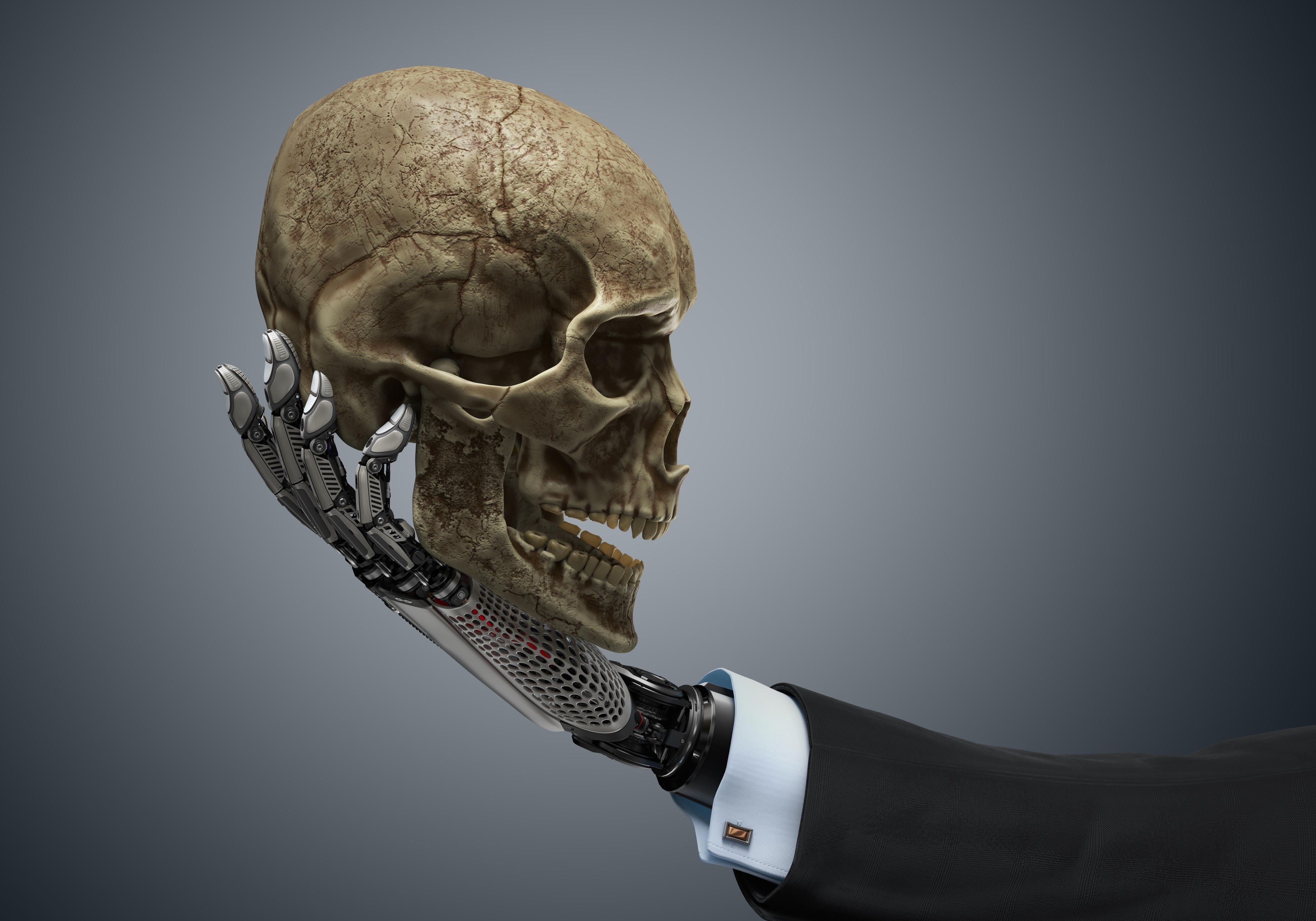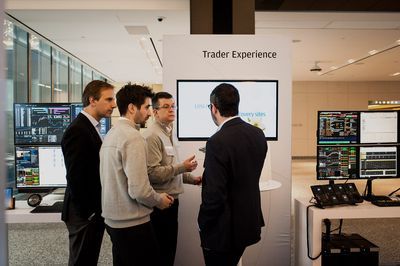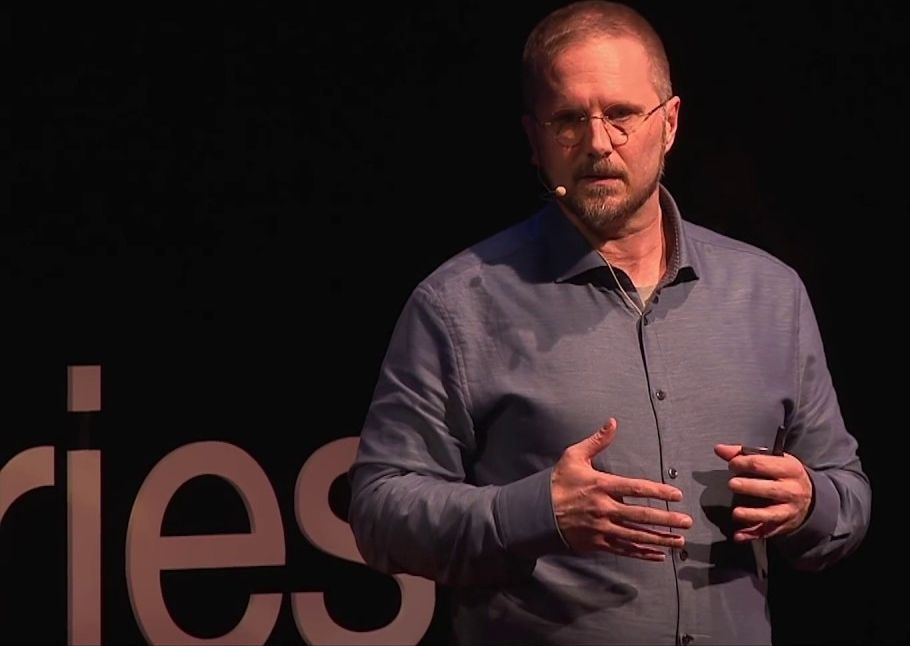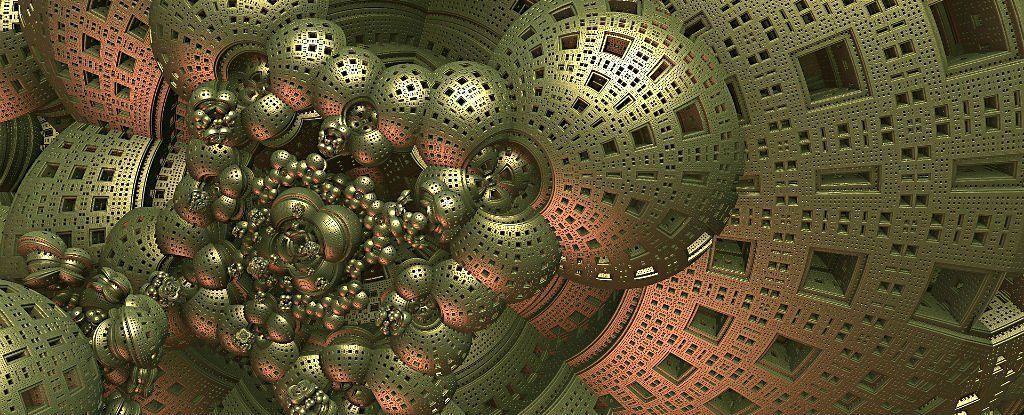Mar 9, 2017
Google’s new machine learning API recognizes objects in videos
Posted by Alireza Mokri in category: robotics/AI
At its Cloud Next conference in San Francisco, Google today announced the launch of a new machine learning API for automatically recognizing objects in videos and making them searchable.
The new Video Intelligence API will allow developers to build applications that can automatically extract entities from a video. Until now, most similar image recognition APIs available in the cloud only focused on doing this for still images, but with the help of this new API, developers will be able to build applications that let users search and discover information in videos. That means you can search for “dog” or “flower,” for example.
Besides extracting metadata, the API allows you to tag scene changes in a video.
Continue reading “Google’s new machine learning API recognizes objects in videos” »

